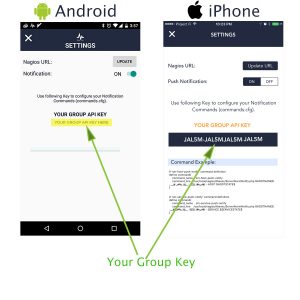Email: inbox [at] sysadmin.lk
LinkedIn: https://www.linkedin.com/in/prabatht
Facebook: https://www.facebook.com/prabath.hinoize
Related Articles
Mount SSHFS In Redhat / CentoS
Step 1 – Enabling the kernel module This is a simple step – all you need to do is run the following command as the root user: modprobe fuse Step 2 – Installing Fuse/SSHFS yum install fuse-sshfs sshfs Step 3 – Using SSHFS The commands to use SSHFS are fairly simple. To mount a remote […]
![]()
How to Install Webmin on CentOS/RHEL
This article will help you to install and configure Webmin on CentOS, RHEL and Fedora systems. Kindly go through below steps. At the time of last update of this article Webmin 1.780 is the latest available version to download and install. Download Webmin RPM Webmin rpms are available on its official site. Download it from […]
![]()
Firewalld Cheat Sheet
Notes and Tips To list all services firewalld is aware in an easy to read format use command firewall-cmd –get-services | tr ” ” “\n” Default firewalld service .xml files can be found under /usr/lib/firewalld/services For all commands that support the –zone= option if no zone is provided it will use the default zone. To make changes persistent add […]
![]()
